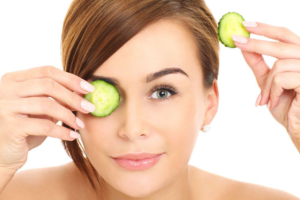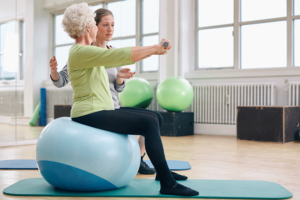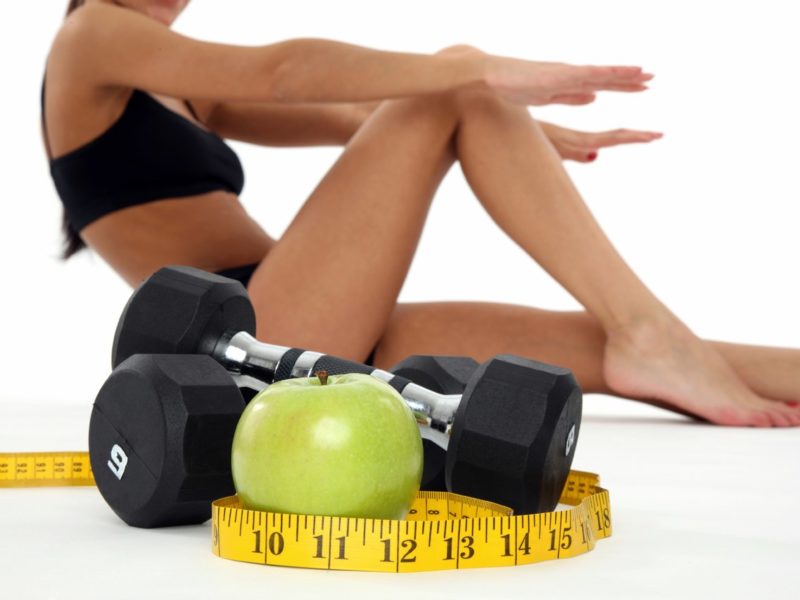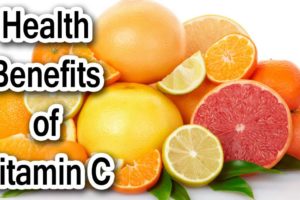By Berkeley Wellness – the term anti-oxidant was new to the public. Today its big company, with sales of merchandise making anti-oxidant associated asserts reaching $65 billion in the U.S. In the year 2011. You’ll find claims made for supplements, but for everything from energy, cereal and juice bars from bottles. Antioxidanta substance which may help mop up mobile substances known as radicalshas become synonymous with illness prevention and good health. A latest trend is to compare their products, or to advertise levels of scores or antioxidant. Cereals from Silver Palate boast 7, 300 ORAC units per 100 grams, while 6 is listed by Mystic Harvest Purple Corn Tortilla Chips, 000 ORAC units.
A fruits powder which you add to oatmeal, other or yoghurt foods lists an ORAC value of 1. And tea extracts out of Green Cell Technologies assert to possess ORAC scores of around 1.7 million per 100 grams. Its hard to say what those numbers mean. But they probably do not mean a whole lot with regards to health. Significance and the science of anti-oxidants is much more complicated than one number on a package can communicate. Warnings have been issued by the Food and Drug Admininstration for making illegal and misleading claims about antioxidantsbut iffy ones slip across the cracks.
Alphabet Soup – Despite all the label claims, theres no standardized method for measuring anti-oxidant status and no official definitions for anti-oxidant capacity, ability, activity, power, efficiency or different words you may see on packages or websites. Rather, scientists have developed a wide range of tests, all with four acronomeside letters ORAC, there are TEAC, TOSC, FRAP, TRAP and other people. These do not necessarily measure the same things or provide consistent results. For example, a 2009 study inFood Chemistrynoted which TEAC, which is simpler and cheaper, underestimates the anti-oxidant capacity of some foods, compared even to ORAC. Even different labs utilizing the same test can come up with different results.
Some businesses specify ORAC values, but others do not even say how they came up with their values. Furthermore, ORAC along with other tests measure anti-oxidant capacity of substances only from test tubes. How well the anti-oxidants suppress oxidation and protect from free radicals in individuals is pretty much anyones guess. A lot can happen to anti-oxidants once a food is digested and metabolized within the body, and little is known concerning their interactions. What’s high anti-oxidant activity in a test tube might end up having little or no impact within the body. Preliminary research has found that whenever individuals eat high ORAC foods, their blood levels of antioxidant rise, but such results still do not prove which this translates into actual health advantages. The Canadian Food Inspection Agency notes on its web site that statements or claims about ORAC aren’t acceptable on foods since the relationship between ORAC scores and health effects from humans hasn’t been established. Citing comparable concerns, the United Stated Department of Agriculture lately removed its ORAC database from its web site and says that ORAC values are habitually abused by food and health supplement manufacturing companies to promote their products.















